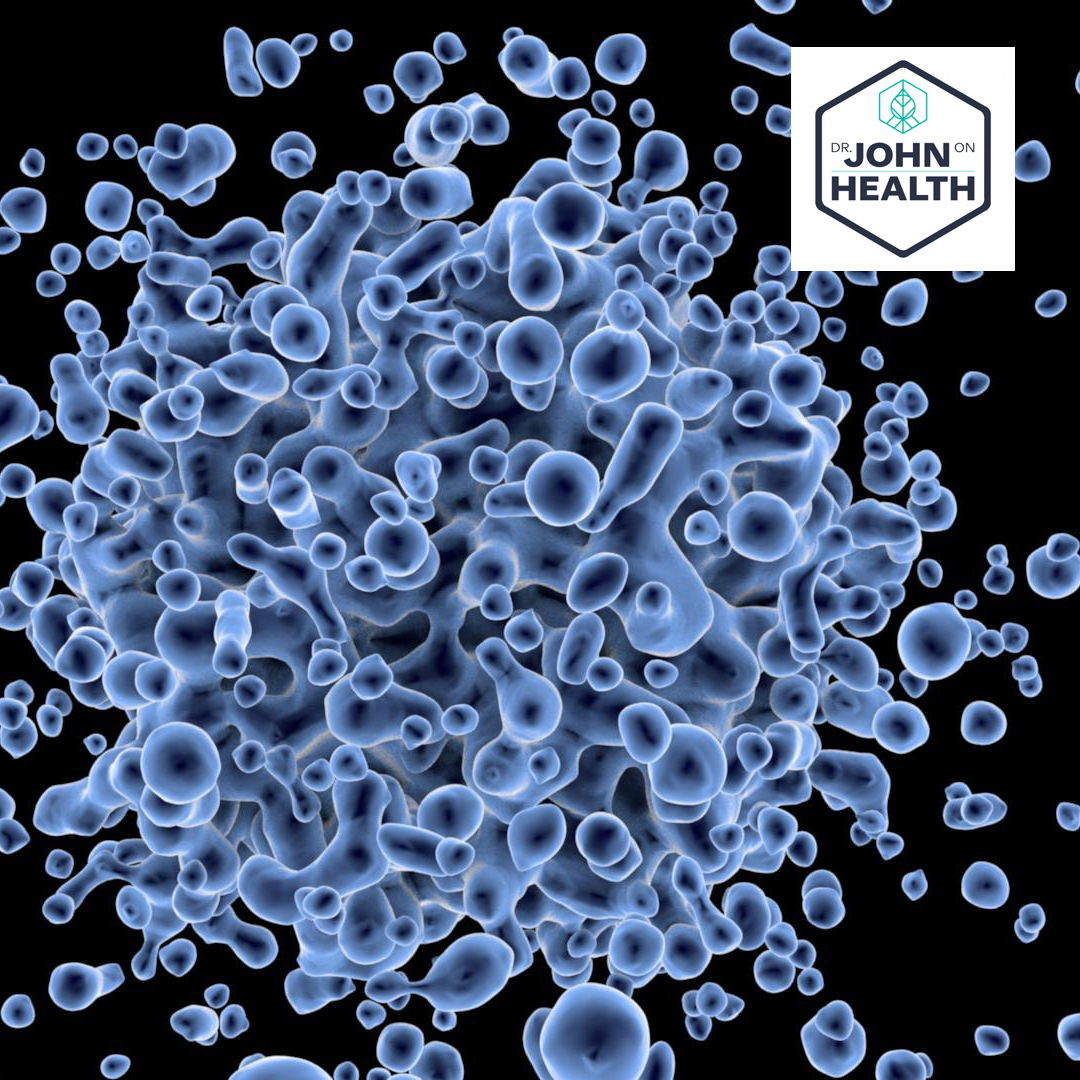
Why Does Our Body Store Fat?
Throughout human evolution, the ability to store energy efficiently has been crucial for survival. Early humans faced periods of feast and famine, making it essential to have mechanisms to store energy during times of abundance for use during scarcity. This led to the development of fat storage as a primary method of energy conservation.
One prominent theory is the “thrifty gene hypothesis,” proposed by geneticist James V. Neel in 1962. Neel suggested that certain genes enabled individuals to efficiently store fat during times of plenty, providing a survival advantage during lean periods. However, in modern societies with constant food availability, these same genes may predispose individuals to obesity and related health issues.
Biological Mechanisms:
Fat, or adipose tissue, serves as a highly efficient energy reserve. Unlike carbohydrates and proteins, which require water for storage, fat is anhydrous and provides more energy per gram. This efficiency is particularly advantageous in environments where food sources are unpredictable .
Additionally, fat storage plays a role in regulating various bodily functions. For example, adipose tissue produces hormones that influence appetite, metabolism, and insulin sensitivity. These functions are vital for maintaining energy balance and overall health.
Modern Implications:
In today’s world, the abundance of high-calorie foods and sedentary lifestyles have led to an imbalance between energy intake and expenditure. This mismatch can result in excessive fat accumulation, contributing to obesity and metabolic disorders. Understanding the evolutionary basis of fat storage helps in addressing these modern health challenges.
Conclusion:
The body’s ability to store fat is a remarkable adaptation that has ensured human survival through fluctuating food availability. While this mechanism was advantageous in ancestral environments, it poses challenges in contemporary society. Recognizing the evolutionary origins of fat storage can inform strategies to promote healthier lifestyles and prevent obesity-related diseases.
The author of the award-winning book, Diabetes: The Real Cause and the Right Cure, and Nationally Syndicated Columnist, Dr. John Poothullil, advocates for patients struggling with the effects of adverse lifestyle conditions.
Dr. John’s books, available on Amazon, have educated and inspired readers to take charge of their health. You can take many steps to make changes in your health, but Dr. John also empowers us to demand certain changes in our healthcare system. His latest book, Beat Unwanted Weight Gain, reveals the seven most essential strategies for shedding pounds—and keeping them off for good.
Follow or contact Dr. John at drjohnonhealth.com.
John Poothullil practiced medicine as a pediatrician and allergist for more than 30 years, with 27 of those years in the state of Texas. He received his medical degree from the University of Kerala, India in 1968, after which he did two years of medical residency in Washington, DC and Phoenix, AZ and two years of fellowship, one in Milwaukee, Wisconsin and the other in Ontario, Canada. He began his practice in 1974 and retired in 2008. He holds certifications from the American Board of Pediatrics, The American Board of Allergy & Immunology, and the Canadian Board of Pediatrics.During his medical practice, John became interested in understanding the causes of and interconnections between hunger, satiation, and weight gain. His interest turned into a passion and a multi-decade personal study and research project that led him to read many medical journal articles, medical textbooks, and other scholarly works in biology, biochemistry, physiology, endocrinology, and cellular metabolic functions. This eventually guided Dr. Poothullil to investigate the theory of insulin resistance as it relates to diabetes. Recognizing that this theory was illogical, he spent a few years rethinking the biology behind high blood sugar and finally developed the fatty acid burn switch as the real cause of diabetes.Dr. Poothullil has written articles on hunger and satiation, weight loss, diabetes, and the senses of taste and smell. His articles have been published in medical journals such as Physiology and Behavior, Neuroscience and Biobehavioral Reviews, Journal of Women’s Health, Journal of Applied Research, Nutrition, and Nutritional Neuroscience. His work has been quoted in Woman’s Day, Fitness, Red Book and Woman’s World.Dr. Poothullil resides in Portland, OR and is available for phone and live interviews.To learn more buy the books at: amazon.com/author/drjohnpoothullil
Visit drjohnonhealth.com to learn more. You can also contact him at john@drhohnonhealth.com.
Or follow us on:
Instagram: instagram.com/DrJohnOnHealth
Facebook: facebook.com/JohnOnHealth
Youtube : @DrJohnPoothullil








